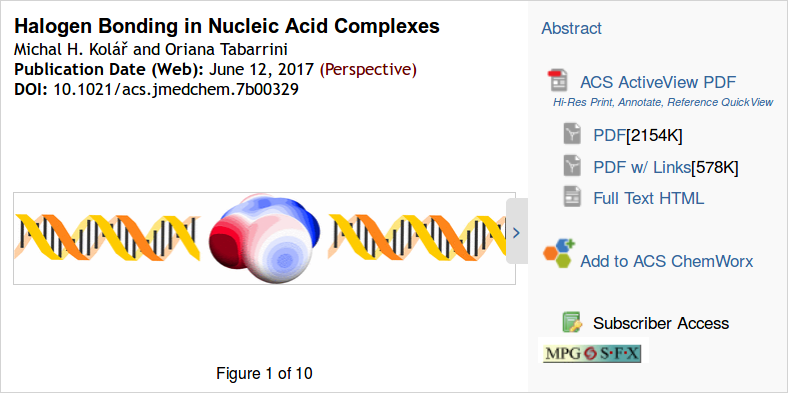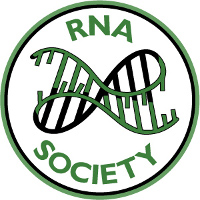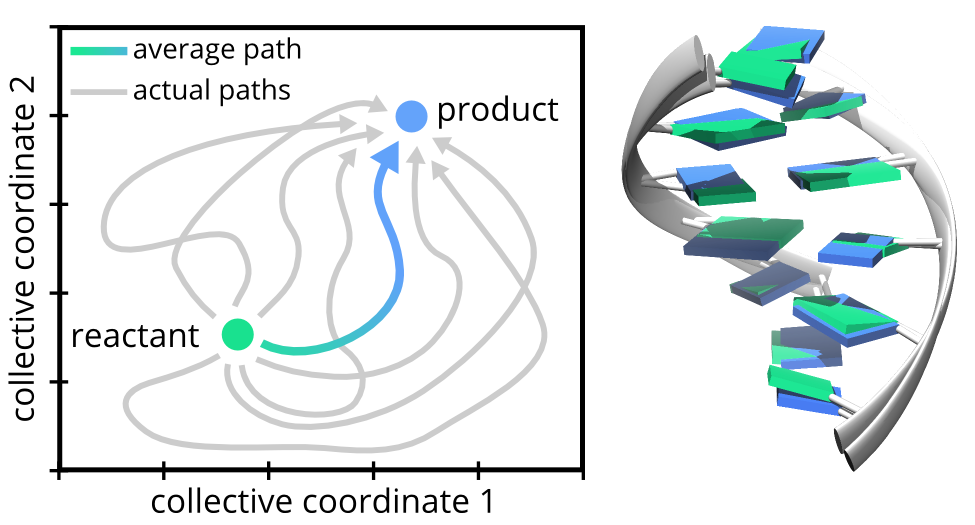
Helmut's Department of Theoretical and Computational Biophysics has a brand new group photo.
published 2017-06-30
J. Med. Chem. Perspective
published 2017-06-23
I started studying halogen bonds during my Ph.D. years. I've always been wondering if there are any halogenated ligands known that bind into nucleic acids and form halogen bonds (The Question). Recently, I've analyzed known structures of nucleic acid complexes and with Oriana Tabarrini from University of Perugia we've written a story about the analyses. It's just been accepted as a Miniperspective to The Journal of Medicinal Chemistry (American Chemichal Society). By the way, the answer is No.

Poly-Glycine in the Tunnel
last update 2017-06-29
The video shows the dynamics of a poly-glycine peptide (in red) in the ribosome exit tunnel as presented on the Hünfeld workshop on computer simulations. A spherical cutout of the ribosome was simulated in Gromacs using facilities in the Leibniz Rechnenzentrum in Munich, Germany.
Simulation time is: 12.50 µs
RNA Society Movies
last update 2017-05-31
Here I publish several videos related to my poster prestention on the 22nd Annual Meeting of the RNA Society in Prague.
Poster Timeline
published 2017-05-28
On the 22nd Annual Meeting of the RNA Society in Prague, I'll present a poster entitled Elongation of the Nascent Peptide in the Ribosomal Exit Tunnel. Feel free to come and discuss on Friday, June 2nd, poster number 659. The video shows, how the poster has evolved from the template about DNA relaxation.

I've just received a rubber stamp.
published 2017-05-20
Emotional Arcs and Random Diffusion
published 2017-05-14
This week I gave a seminar in our group on principal component analysis (PCA). It is a standard computational/mathematical technique to process complex data. During my preparation, I came across an article that uses the PCA to analyze text. The results are somewhat contradicting to what I've learned from PCA of biomolecules, and here I want to mention what I find suspicious.
Fellowship of the RNA Society
published 2017-03-22
In May, I'll be traveling to Prague to a big conference about RNA. Good news has arrived: the registration fee will be reimbursed thanks to a travel fellowship I've received from the RNA Society. This is the first academic society I'm member of and it's just started paiyng off. I'm looking forward to visiting the city, where I spent ten wonderful years.

Web of Science Hot Paper
published 2017-03-11
Great news! In December 2016, our review on sigma-hole calculations was ranked by Thomson Reuters Web of Science in the top 0.1 % of the academic field of chemistry.

Reaction Path Averaging
published 2017-02-13
The DNA is one of the best-known biomolecules. Upon electromagnetic radiation, an electron may be released from a nucleobase, resulting in a positive electron hole. The hole may travel across the nucleobases turning the DNA into a sort of nanowire. This is a rather established fact. The shape of the DNA is so classic that it is natural to ask how the DNA distorts upon the electron transfer. With Tom Kubař we've recently attempted to answer. We used a computational approach, which we called Reaction Path Averaging (RPA).

